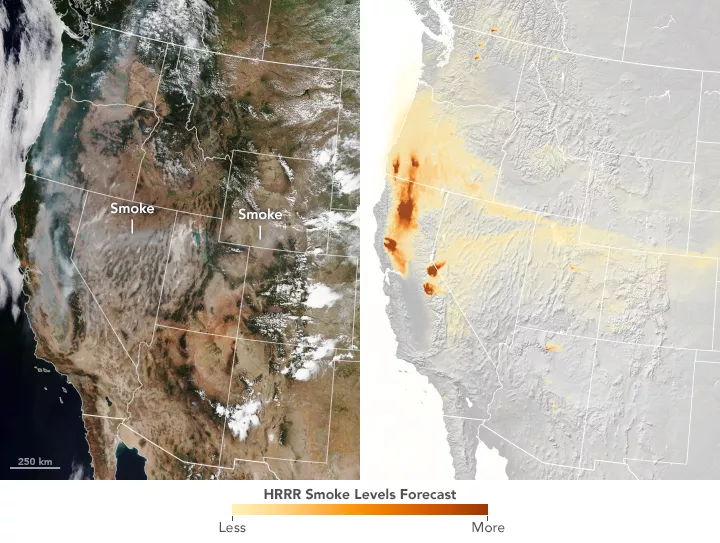Understanding Smoke Forecast and Its Implications

Introduction to Smoke Forecast
As wildfires become increasingly common due to climate change, understanding the smoke forecast has taken center stage in discussions about air quality and public health. Accurate forecasts can help communities prepare for poor air quality, enabling individuals to take precautionary measures to protect their health—especially vulnerable populations such as children, the elderly, and those with pre-existing respiratory conditions.
Recent Events Impacting Smoke Forecasts
This summer has seen an alarming uptick in wildfires across Canada, particularly in British Columbia and Alberta. The Canadian Interagency Forest Fire Centre reported a significant increase in active wildfires as of late August 2023, with over 1,000 blazes leading to widespread smoke across various regions. The smoke not only reduces visibility but also exacerbates respiratory problems and other health issues for millions of Canadians.
In response to these challenges, organizations like Environment and Climate Change Canada have intensified their smoke forecasting models. Using satellites and ground monitoring systems, they provide timely updates on smoke movement and air quality indices. For instance, the air quality in Ontario’s capital, Toronto, fluctuated over the summer due to smoke drift, with advisories often issued to alert residents on how to proceed.
Health Implications of Smoke Exposure
Exposure to smoke can have severe health ramifications, including increased rates of respiratory infections, worsening asthma, and cardiovascular issues. A recent report from Health Canada emphasizes the importance of staying indoors and using air purifiers during periods of high smoke exposure. Furthermore, communities have been mobilizing to distribute masks and improve ventilation systems in public buildings to protect citizen health.
Looking Ahead: The Future of Smoke Forecasting
As climate conditions continue to evolve, experts are projecting that wildfire seasons could become longer and more intense, leading to more frequent smoke forecasts. Advances in meteorological techniques, artificial intelligence, and machine learning are expected to enhance smoke prediction models, providing even more detailed information about the timing and extent of smoke impact. These developments will be critical for developing effective public health strategies and emergency response plans.
Conclusion
The increasing prevalence of wildfires underscores the urgent need for robust smoke forecasting systems. Educating the public on the significance of air quality alerts can empower individuals to take necessary precautions during smoky conditions. As we continue to navigate the complexities of climate change, prioritizing air quality and health should remain at the forefront of our communal endeavors.









